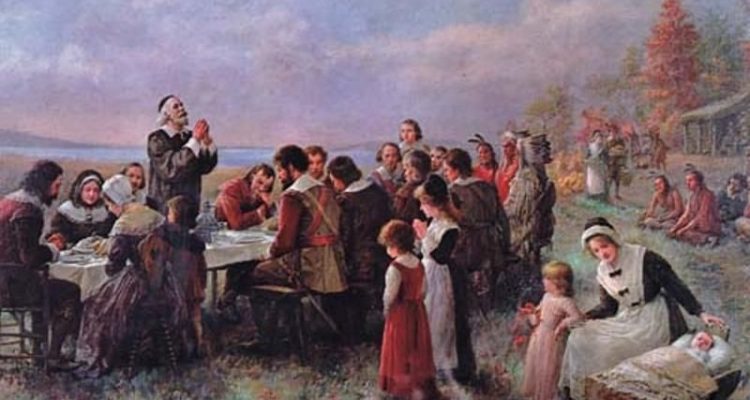It’s that familiar time of year again: the air is chillier, the leaves are golden and if you listen closely, you can almost hear Mariah Carey in the near distance. Thanksgiving is here!
We all, of course, know the traditions we celebrate on Nov. 25 – the roasted turkey, the bowls of mashed potatoes and enough cranberry sauce to drown in. But let’s take a journey to understand the historical origins of this holiday and its crucial meaning in the story of America.
To take us back to the early days of America, Plymouth colony was founded in 1620 by Puritan separatists. It was to be a new colony designed to cater to their religious views and customs. The voyage on the Mayflower was not easy, but even less so was establishing life on the beach of Plymouth.
The conditions were difficult. The first winter proved challenging as the Pilgrims tried to survive whilst dealing with the terrain, weather, lack of food and disease. The Abenaki tribe was the group nearby of the Pilgrims, and they ended up being the ones who taught the Europeans how to harvest corn, which became a novel crop for them. The Native Americans also taught the Pilgrims the basics of survival on the New England coast, teaching skills like catching fish and setting up farms in the new land. This remains one of the few examples of natives and settlers working together towards a common good.
This cooperation would become the roots of our holiday today. After the first corn harvest, with the help of the natives proved plentiful, the appointed governor, William Bradford, organized a celebration between members of the Abenaki tribe and the Pilgrims. This would be known as the first Thanksgiving.
Their meal no doubt looked different from ours. For one thing, there were probably more meats on the table than just turkey. Edward Winslow, a member of the colony recorded the following:
“Our harvest being gotten in, our governor sent four men on fowling, that so we might after a special manner rejoice together after we had gathered the fruits of our labors; they four in one day killed as much fowl, as with a little help beside, served the Company almost a week.”
The aforementioned fowling could have included any animals found in the woods, including deer, turkey, duck and others. After all, this was a feast for the colony and for the local tribe, the tables had to be plentiful. One too could imagine that additional food was whatever the Pilgrims had harvested that year, including corn, along with Native American foods.
And so this year as we sit around our dining room tables, in our warm homes and opinionated family members, let us remember the real hardships of the first Thanksgiving in our history and give an extra thanks for this holiday and the opportunity it presents us to give thanks and refocus on what’s important in life.


Leave a Reply